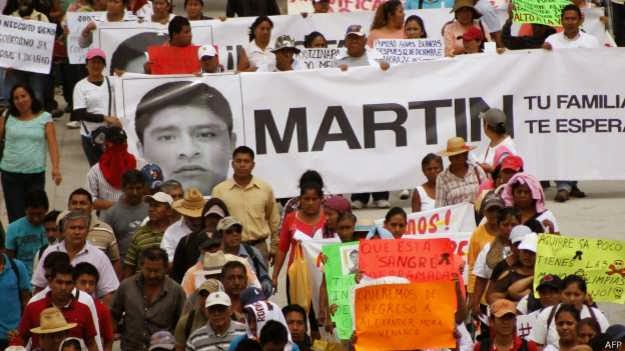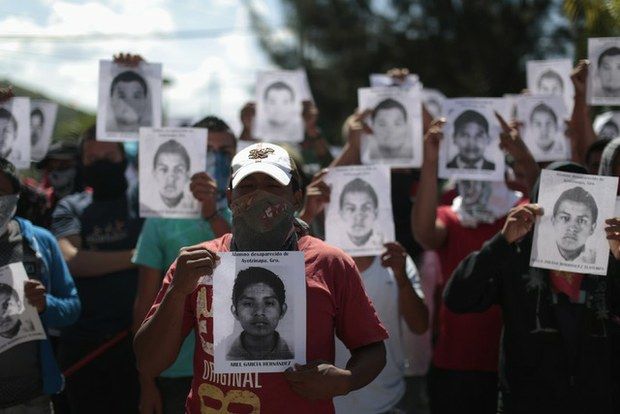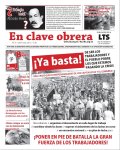The awakening of a colossus?
Strike in Oakland: unity between young people and workers
12/11/2011
By Barbara Funes
Occupy Oakland called a general strike as a means of protest for November 3. The strike was carried out, and it had partial observance among dockworkers, nurses, and teachers. According to the bourgeois press, of the 325 unionized stevedores, without an official strike call from the union, 40 stopped work; around 300 teachers (15% of the total) complied with the measure; hundreds of municipal workers also participated. Some businesses closed, in solidarity with the action. Even a movie theater declared solidarity with the strike on its billboard. Oakland, the fifth-largest industrial port in the United States, ceased operating, because of the general strike. Solidarity actions were carried out in New York, Houston, Boston, Los Angeles and many other US cities. War veterans joined the protests, because they are not getting jobs.
The daily paper El País reported that "among those present were parents with their children, unemployed people, representatives of the university students (who owe a lot of money, in order to pay for their studies, but have difficulties finding a job that will allow them to pay off their loans), admirers of the Black Panthers (an African-American movement that was founded in Oakland), doctors with posters in favor of a healthcare system for everyone, young people with masks of the Anonymous cyber-activists, or with stickers supporting Bradley Manning (the soldier who remains in prison for leaking secret documents to Wikileaks). The occupiers, like the Spanish, are getting free food from the businesses of the area." [1]
In 1946, in this very city, the last general strike in Oakland took place, until this year. It was part of the 1945-1946 strike wave, at the end of the Second World War. Streetcar and bus drivers refused to cross the police cordons, set up to escort strike-breaking trucks across the picket line of 425 striking employees, most of them women, at the Hastings and Kahn’s department stores in the center of Oakland: that’s how the strike broke out. The following day, the truck drivers, furious, marched downtown and gathered in front of the store, in Latham Square. On December 3, 142 unions from the Alameda County American Federation of Labor declared a "work holiday," and about 100,000 workers marched out of their jobs. Their distinctive mark was having gone beyond the traditional unions, with a profound class solidarity. In 1947, a federal law declared unions’ striking in solidarity with other workers, illegal. [2]
After sixty-five years, the workers and people of Oakland have retaken the best part of their historic tradition. Called together by the Occupy Oakland movement, workers from different unions took up the strike as their own; although the city was not completely shut down, the activities in the port were indeed suspended for some six hours. About 10,000 demonstrators demanded punishment for those responsible for the economic crisis that is affecting the United States, protested against repression and against economic and social inequality in the US, and demanded that taxes be collected from the rich. On the streets, there was unity between workers and groups from the US lower middle class, immigrants and African-Americans. Even though it was not a citywide mass general strike, it shows a leap in the radical nature of the Occupy Wall Street movement: from rallies, camps and demonstrations, it has passed to the call for a general strike. Young people, together with workers, blocked the port to stop the flow of capital. The losses to businessmen are calculated in the tens of millions of dollars. That is the enormous power of the working class: stopping the circulation and production of goods.
The November 3 strike, even with limits, highlights the importance of unity with the workers and takes up again the idea of the general strike as a method of struggle of the working class. It sets out the potential of workers in struggle to confront attacks from the capitalists, in view of the crisis. To those who are claiming the spontaneous, horizontal and non-class character of the movement of the indignant ones, Oakland’s action shows a new perspective. What began as a defensive action against the eviction of Occupy Oakland, has strengthened the movement with the inclusion of groups of workers. Is this enough? No, but it constitutes an advance. The first steps of unity between young people and the workers, in the heart of imperialism, are breathing in new energy, to move forward in the struggle against capitalism. Only the working class, leading the groups of the people, can set forth an alternative solution to the capitalist collapse. Facing the crisis and the first responses of the vanguard, it is more necessary than ever to move forward in the struggle to build an international revolutionary party. A fresh wind is blowing from the north towards the world, towards the working-class and youth vanguard, that is confronting the agents of capital in Greece, in the Spanish state, in the Maghreb, in Chile and in Colombia.
1 Carmen Pérez Lanzac, “Thousands of indignant people block the US port of Oakland,” November 3, 2011.
2 Aaron Brenner, Benjamin Day, Immanuel Ness, “1945-1946 Strike wave”, in The Encyclopedia of Strikes in American History.
November 8, 2011
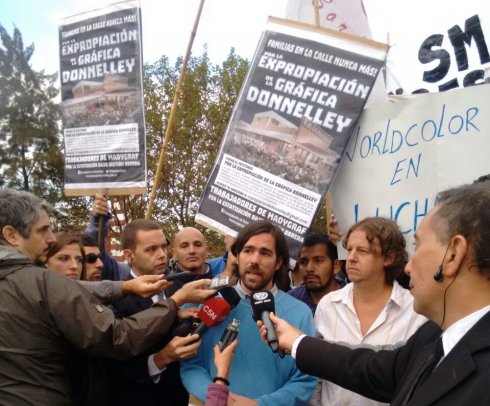
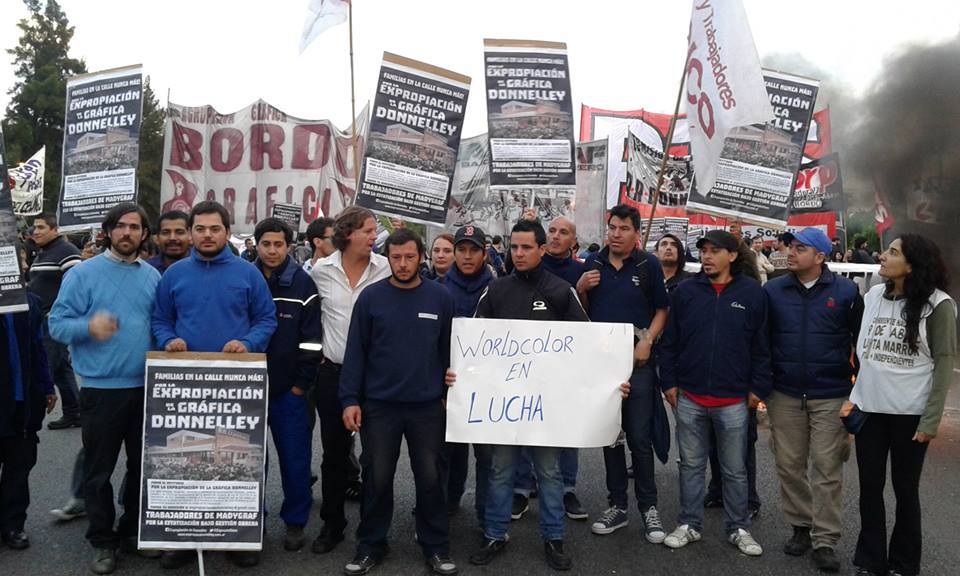
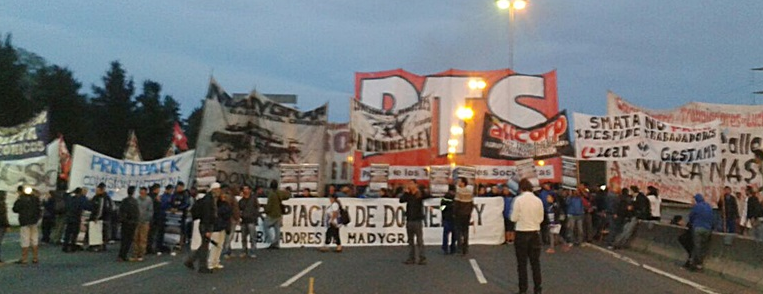
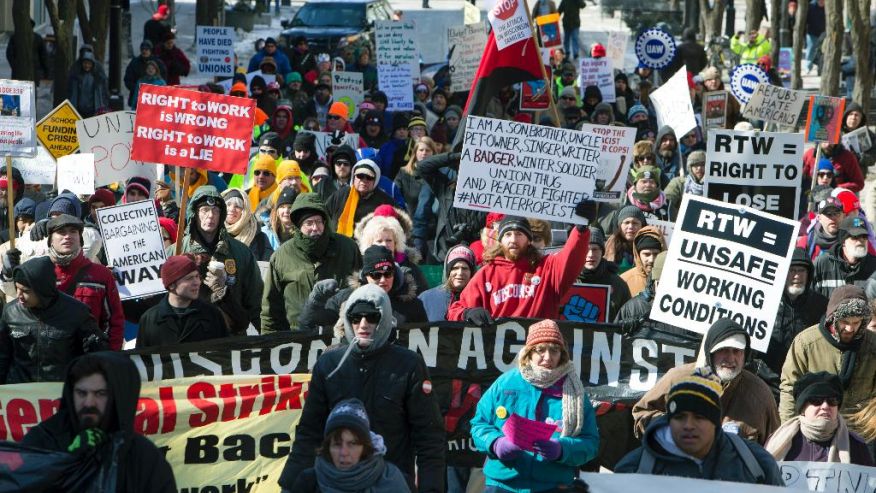
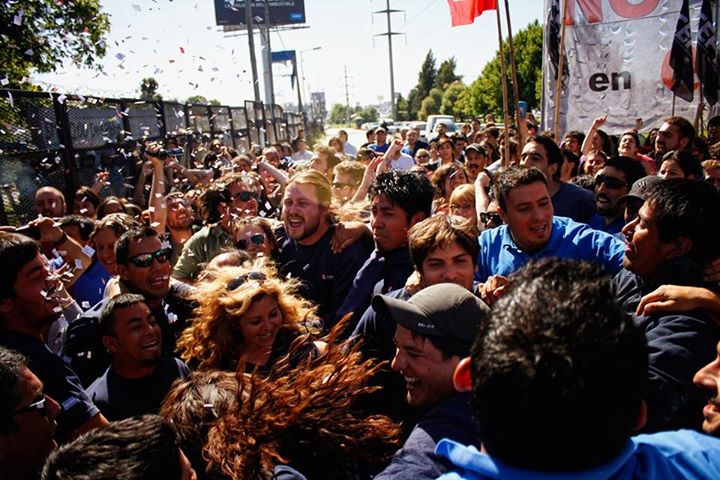
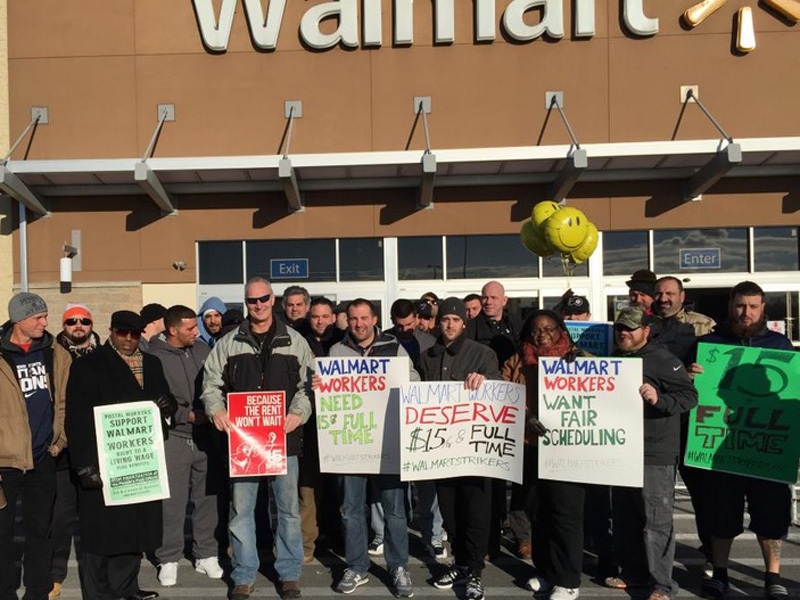
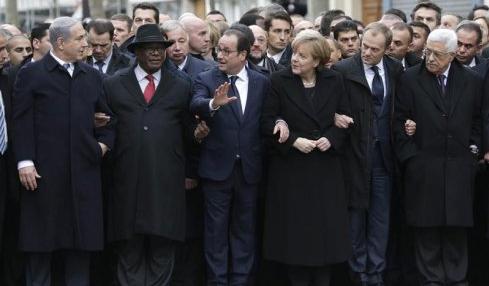
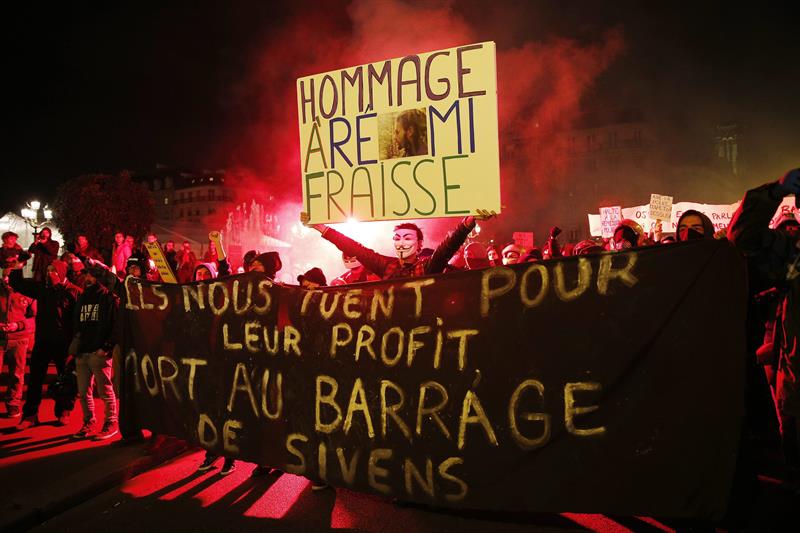
![Declaration of the Movimiento de los Trabajadores Socialistas [MTS] facing the brutal murder and disappearance of the normalistas students of Ayotzinapa](http://www.ft-ci.org/IMG/arton8590.jpg?1687978277)
